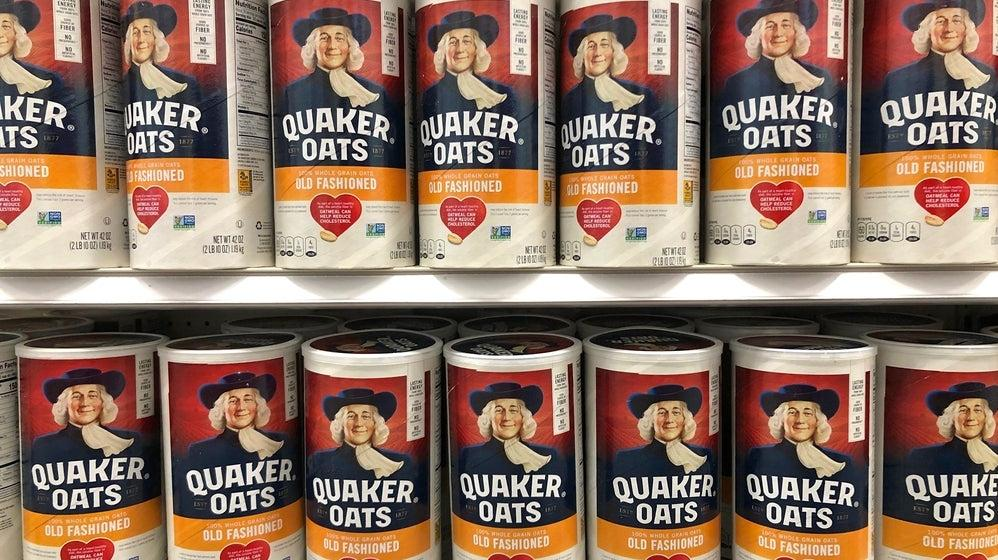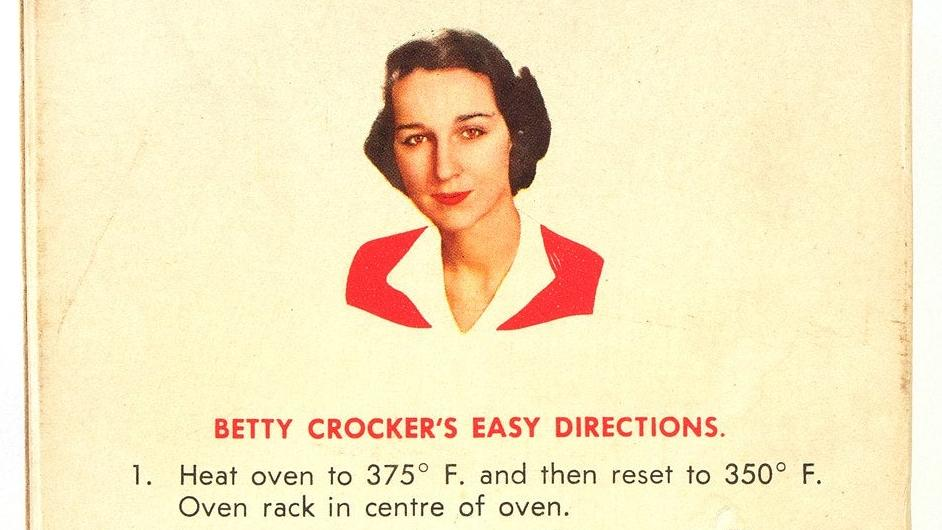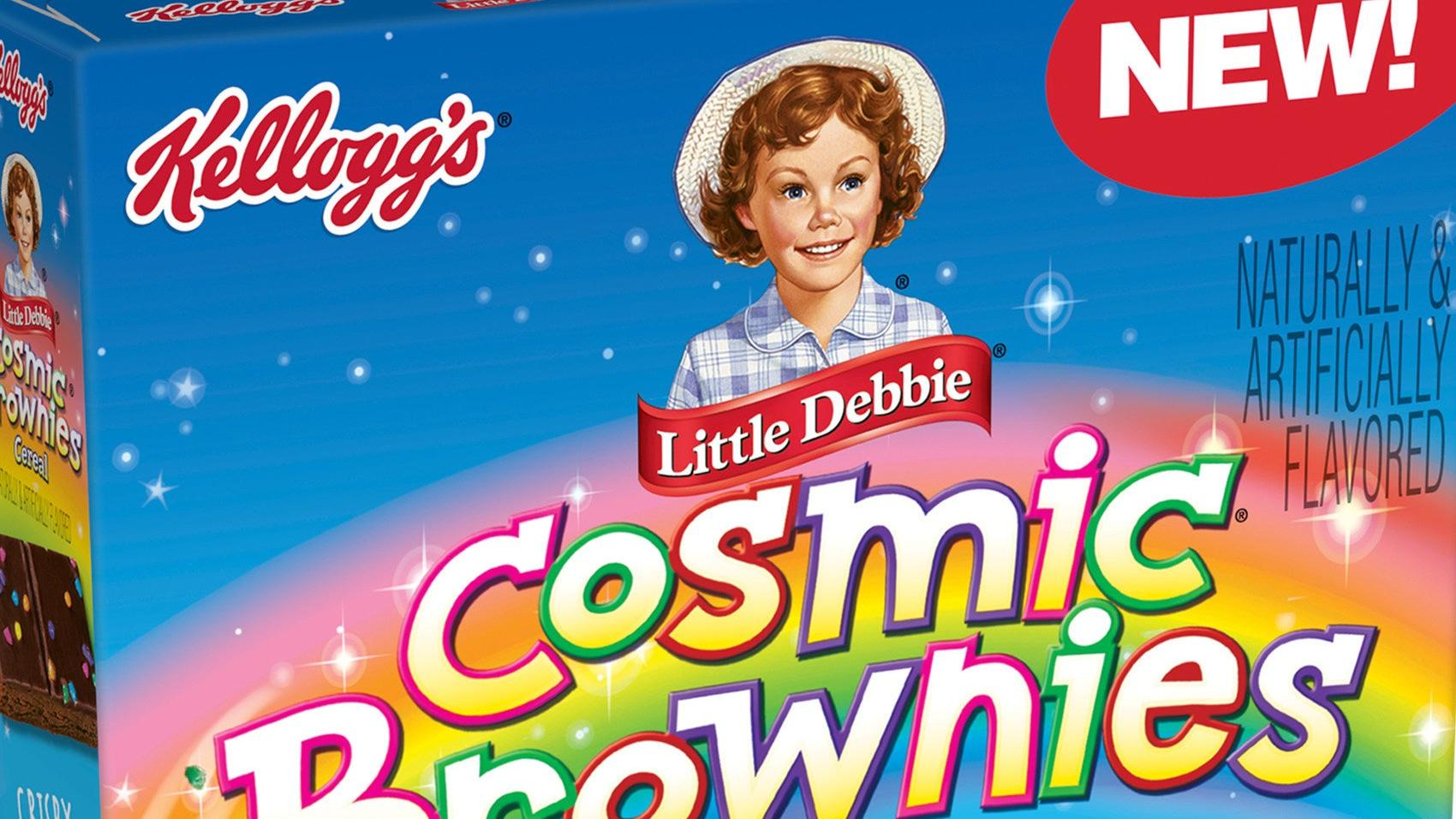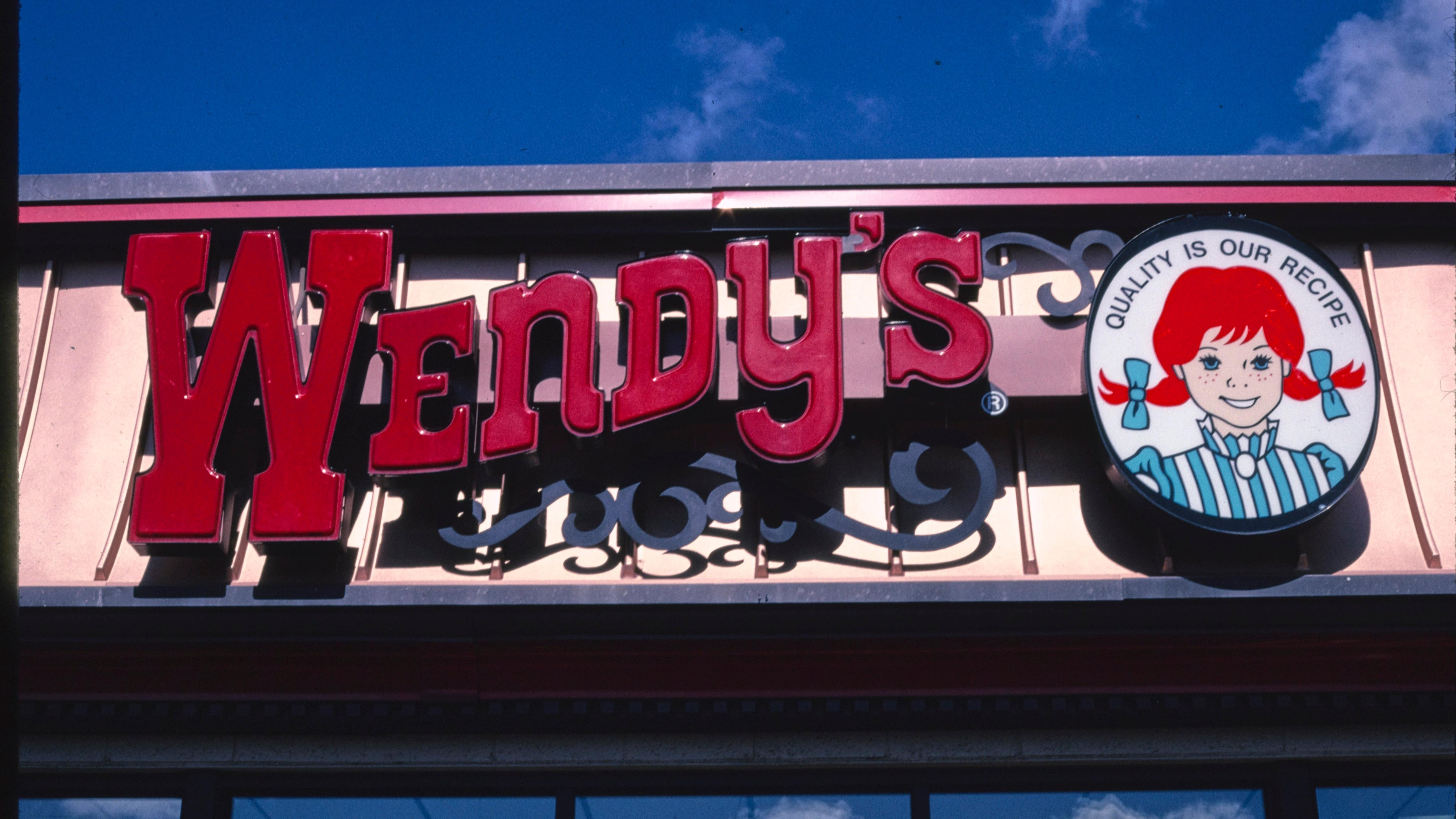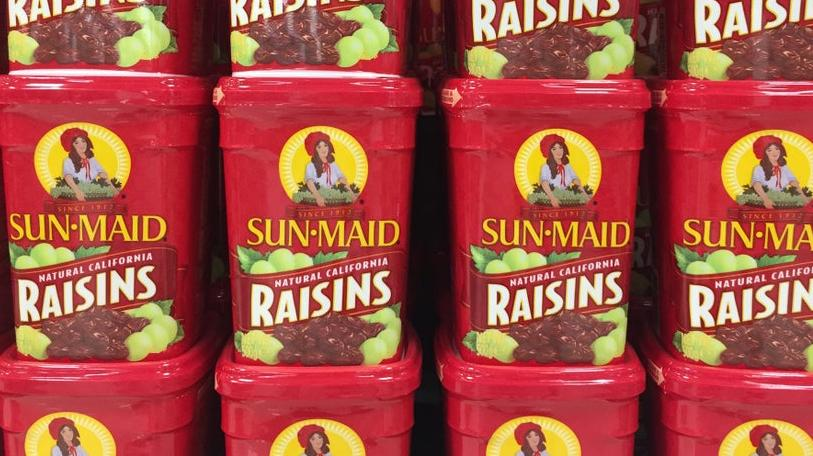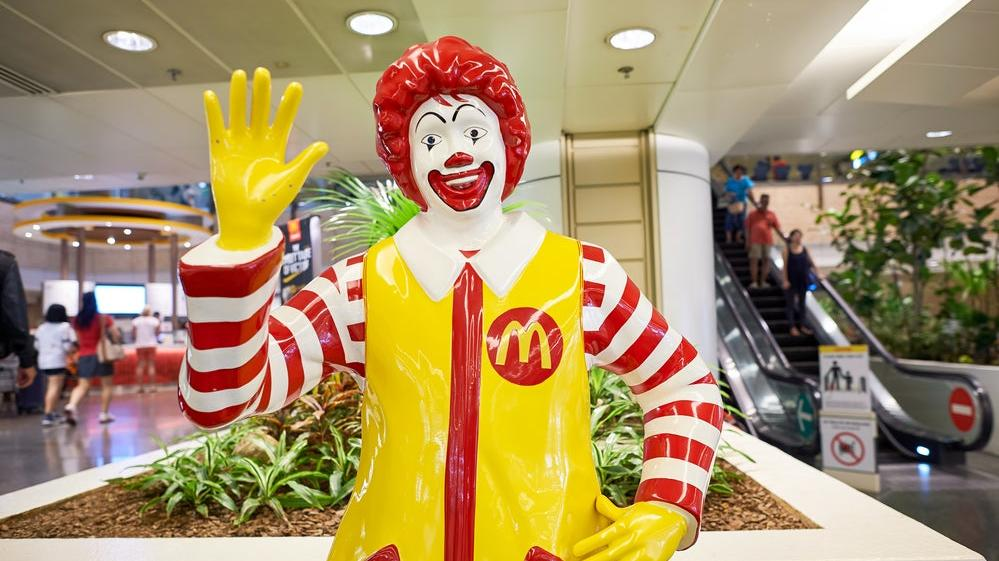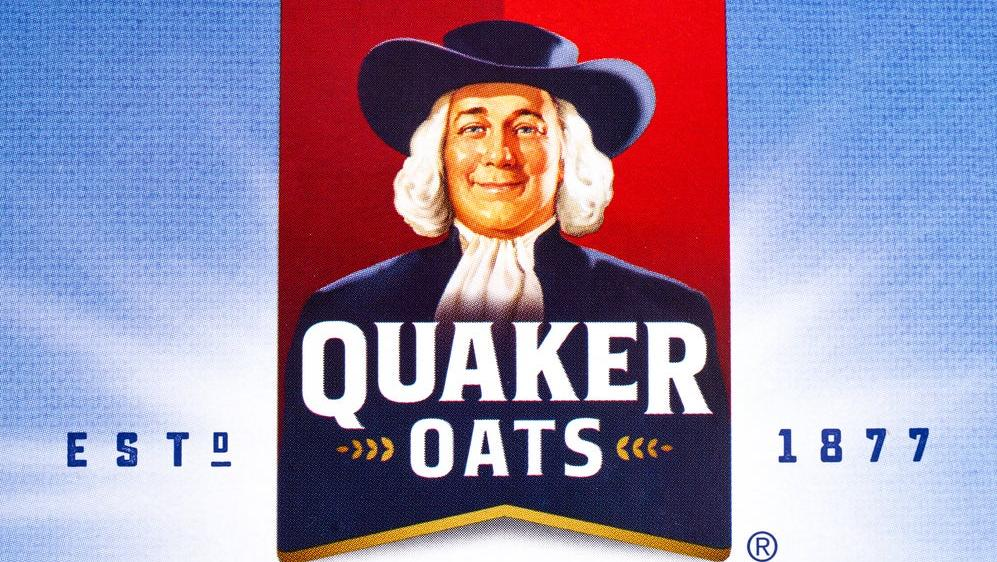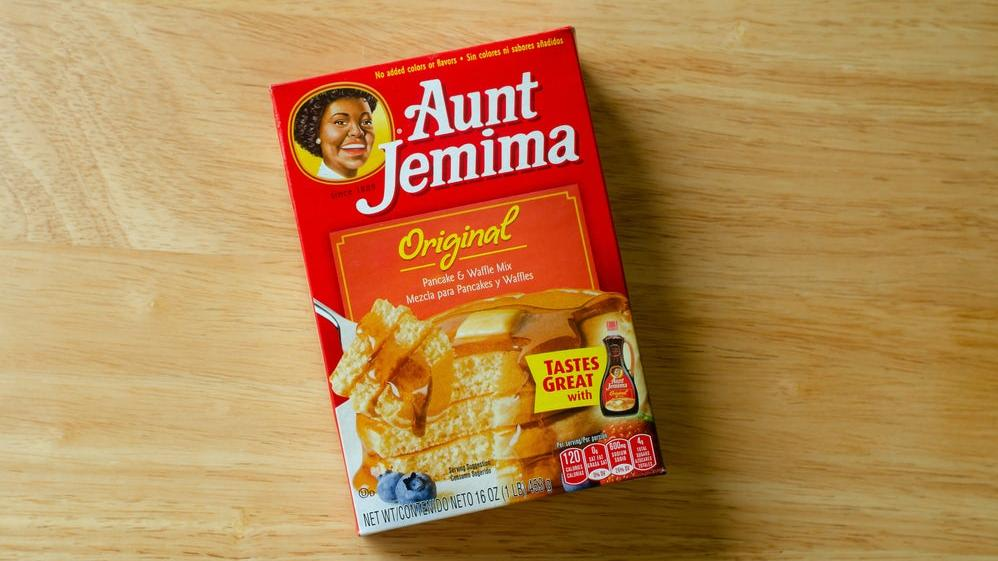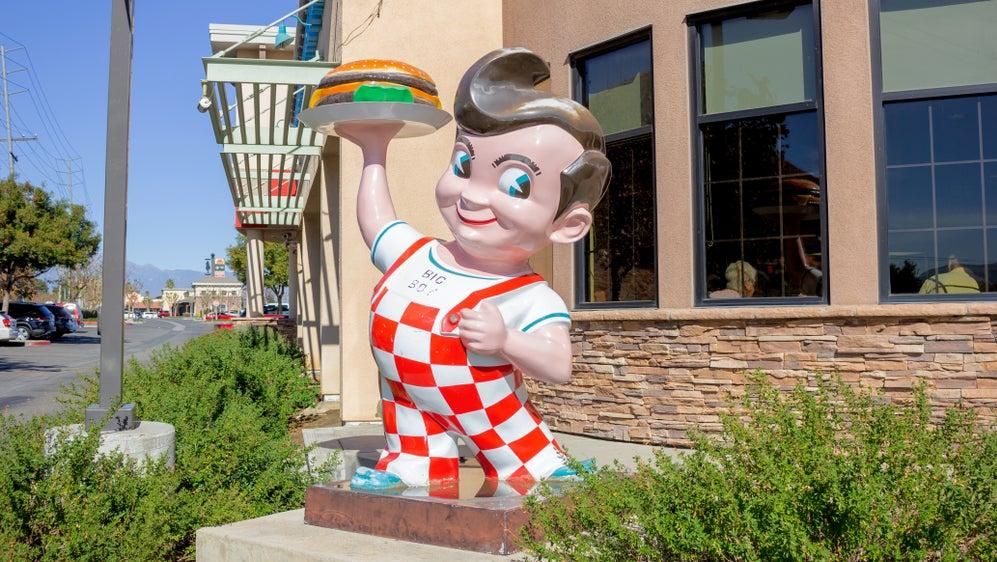7 Influential Food Mascots (And The Stories Behind Them)
How this mix of real and fictional characters came to embody their brands.
Anyone who has grown up in America at any point over the past century has some familiarity with Betty Crocker, Little Debbie, and Ronald McDonald, as well as dozens of others whose faces smile at us from packages of food. The relationship we form to these familiar figures is real, even if they're the faces of people who never existed.
I've always admired my beloved Betty Crocker's baking mixes and cookbooks—she reminds me of the kind of grandmother that I never had. She felt as real, as evergreen as the Douglas Fir trees in my home state. But then I discovered the truth about Betty Crocker—more on that later—which sent me on a hunt to discover the truth about the other food icons that grace our grocery shelves and drive-thrus. As it turns out, many of these figures have an interesting history, even if they never lived to tell it.
Betty Crocker
Fake. The year was 1921, and the Washburn Crosby Company (General Mills' predecessor) was running a promotion in which customers who solved a puzzle and sent in their results could win a pin cushion in the shape of a flour sack. Much to Washburn Crosby's surprise, home cooks sent in tons of baking queries along with their contest entries. Betty Crocker was the figure invented to field those questions. The company chose the name Betty because it sounded friendly; her last name was taken from retired company director William G. Crocker. By World War II, Betty was receiving nearly 4,000 letters per day from everyone seeking both baking and life advice—she had become a symbol of domesticity, a brand reputation that persists to this day.
Little Debbie
Real. During the Great Depression, O.D. McKee and his wife Ruth survived by selling 5-cent cakes from the back of their vehicle. In 1934, the McKees purchased a small bakery in Chattanooga, Tennessee and began baking desserts on the premises. But it wasn't until 1960 that the company debuted the Little Debbie product line, named after one of their grandchildren, Debbie. From Oatmeal Creme Pies to Zebra Cakes, Little Debbie's adorable face is stamped on every package of individually wrapped sweets today, always with a smile and a straw hat.
Wendy
Real. As a teenager working my first job at Wendy's, I always wondered about the smiling, redheaded girl in pigtails on the sign. Now I know the fast food chain was named after Thomas' daughter Melinda, one of his five children. Thomas thought that the wholesome image of little redheaded, pigtailed Wendy (the nickname given to her when her siblings couldn't pronounce her name) represented the image he wanted to project for his business, which he founded in 1969. Because her likeness was on the packaging as well as the sign, Wendy became the face of the famous Frosty and chicken nuggets that we continue to enjoy 50 years later.
The Sun-Maid girl
Real. Over a century ago, Lorraine Collett, then a 17-year-old from Missouri, was spotted drying her hair by the side of the road by Sun-Maid director L.R. Payne. He asked her to pose for a painted portrait while wearing her red bonnet and holding a basket of grapes. Her face first appeared on Sun-Maid's boxes in 1916 the package has remained virtually unchanged since. Collett went on to become an actress and then a nurse, and passed away in 1983.
Ronald McDonald
Fake. Ronald McDonald is either a loved or hated character, depending on who you ask. He was created in the early 1960s, an amalgam of a real-life clown and the vision of a McDonald's marketing executive. Part of the brand's effort to advertise to children involved hiring Willard Scott, former TV personality and weatherman, to dress up as a clown. Why Scott? Because he had once played Bozo the Clown on TV. Ronald McDonald made his national debut in 1966, around the same time that Scott was allegedly fired for being too fat.
Quaker Oats man
Fake. Despite any vague resemblance between the two, the Quaker Oats mascot was not, in fact, fashioned after William Penn, one of the founders of the Religious Society of Friends (or Quakers). Instead, Quaker Oats was registered in 1877 by Henry Seymour and William Heston with a trademarked "figure of a man in 'Quaker garb,'" chosen to encapsulate "good quality and honest value." The Quaker Oats guy has gone through several iterations over the years but remains recognizable as the purveyor of oats and cereals we've always known.
Aunt Jemima
Fake. The Aunt Jemima line of products was long criticized for using a racist caricature as its mascot; indeed, it was developed in 1889 and both her name and likeness were inspired by the minstrel shows of the era, the brand's history rooted in slavery and inequality.
While the character of Aunt Jemima was fictional, she was portrayed by real people who helped to expand awareness of the brand nationally. Both Nancy Green and Lillian Richard are cited as women who dressed as Aunt Jemima and performed cooking demonstrations around the country. The character was recently retired and the product has been rebranded under the name Pearl Milling Company.
Other notable icons
We must also mention some of the eponymous people behind the popular brands that have delighted us across the decades.
- Oscar Mayer was named after Oscar F. Mayer, a German immigrant who came to America in 1873 and worked in a variety of butcher shops before opening his own shop in 1883 in Chicago's North Side.
- Famous Amos, named after Wally Amos, who founded the company in 1975, when he was inspired by a family recipe for small cookies. His "fame" came from selling to musicians and other celebrities in Hollywood.
- Colonel Sanders was named after Harland Sanders, a cantankerous Southern entrepreneur whose life was filled with many odd jobs and notorious behavior.
- Bob's Big Boy was named after Richard Woodruff, a six-year-old who loved founder Bob Wian's burgers so much that eventually Wian named the burger after him.
- Duncan Hines was named after, well, Duncan Hines, a traveling businessman who simply desired a good meal. He wrote a dining guide based on his adventures on the road called Adventures in Good Eating and sold it for $1.00 per copy, to great acclaim. The Hines name become synonymous with quality food, so it's only natural that he'd start marketing products under his name in the 1950s, even if he had nothing to do with making them.
- Chef Boyardee was named after Hector Boiardi, an Italian immigrant who arrived in America in 1914 and opened his first restaurant ten years later in Cleveland, Ohio. The restaurant was such a hit that he ended up creating Chef Boyardee with his two brothers, Mario and Paul, and chose to spell his name phonetically to make it easier for Americans to pronounce.
